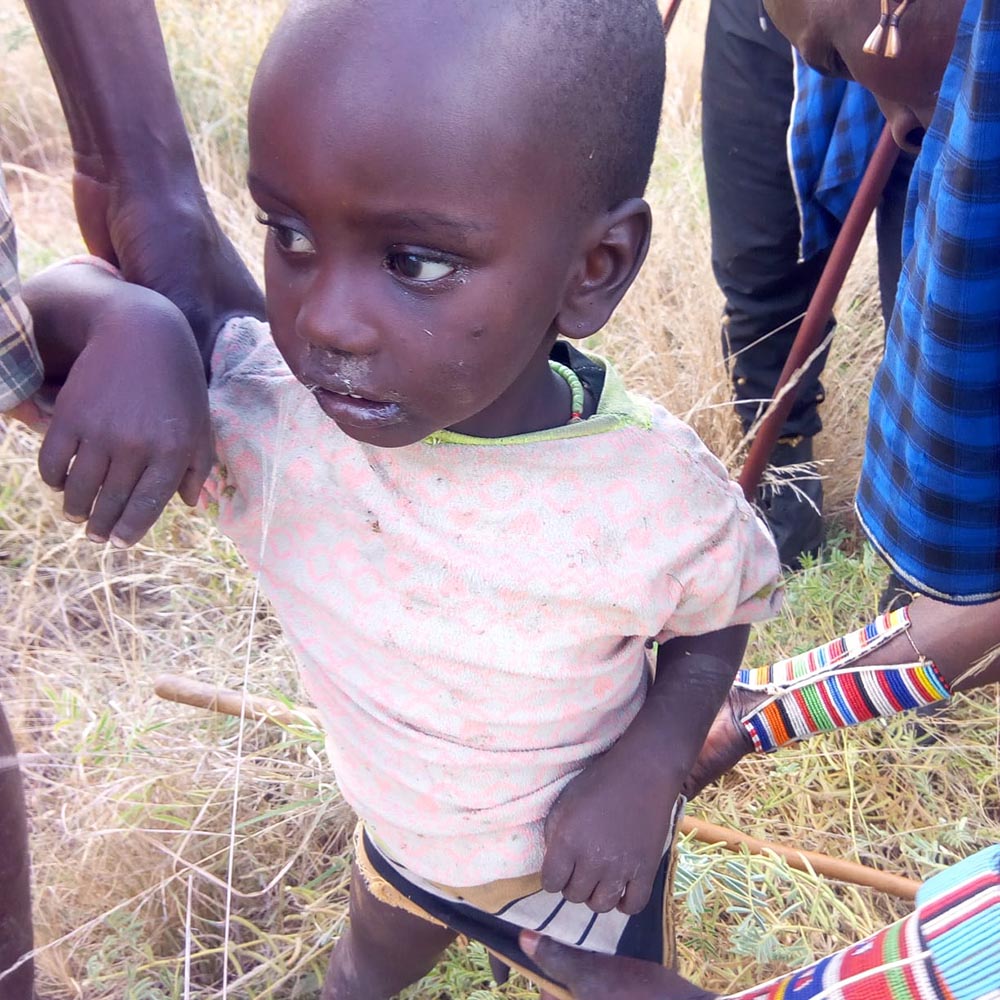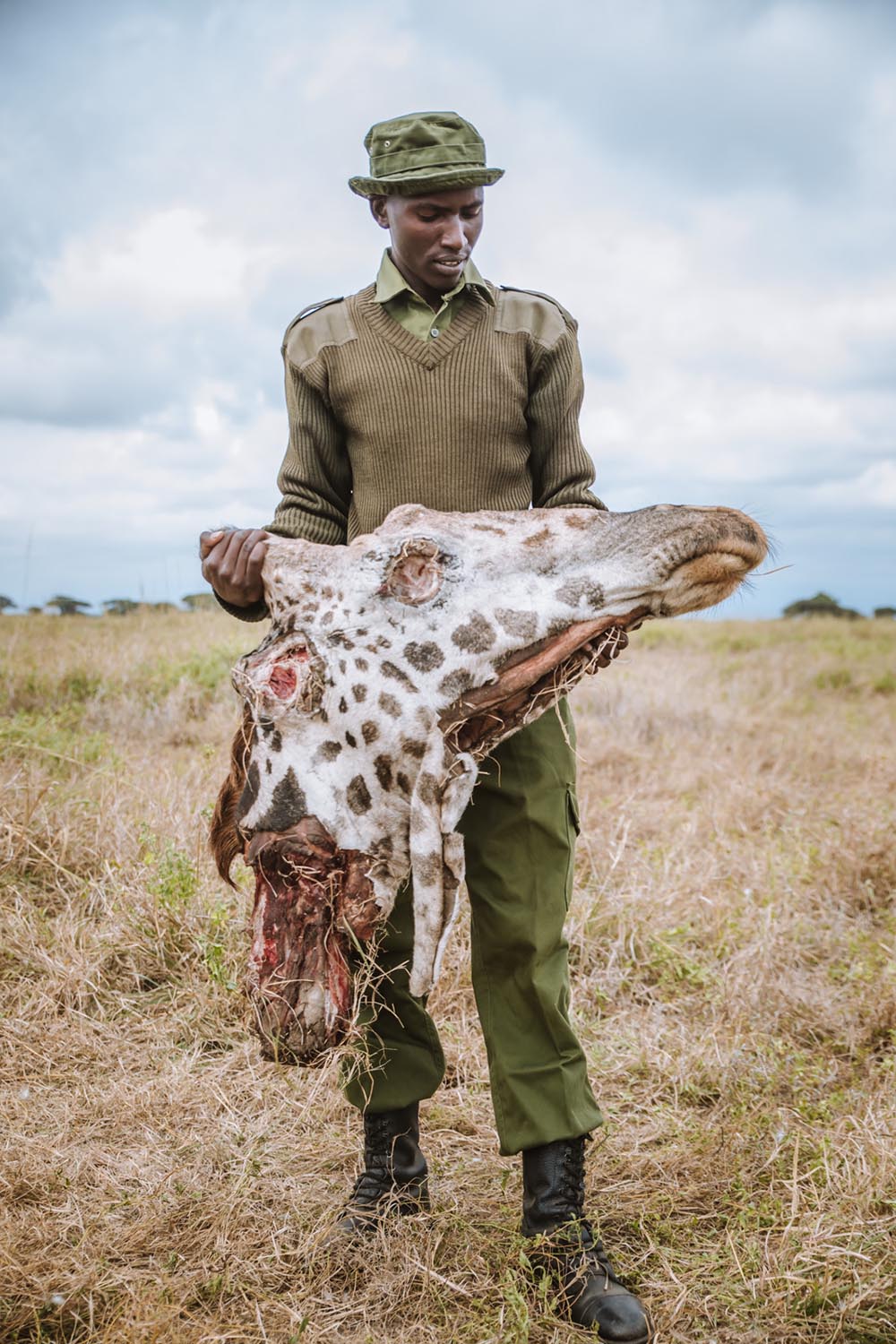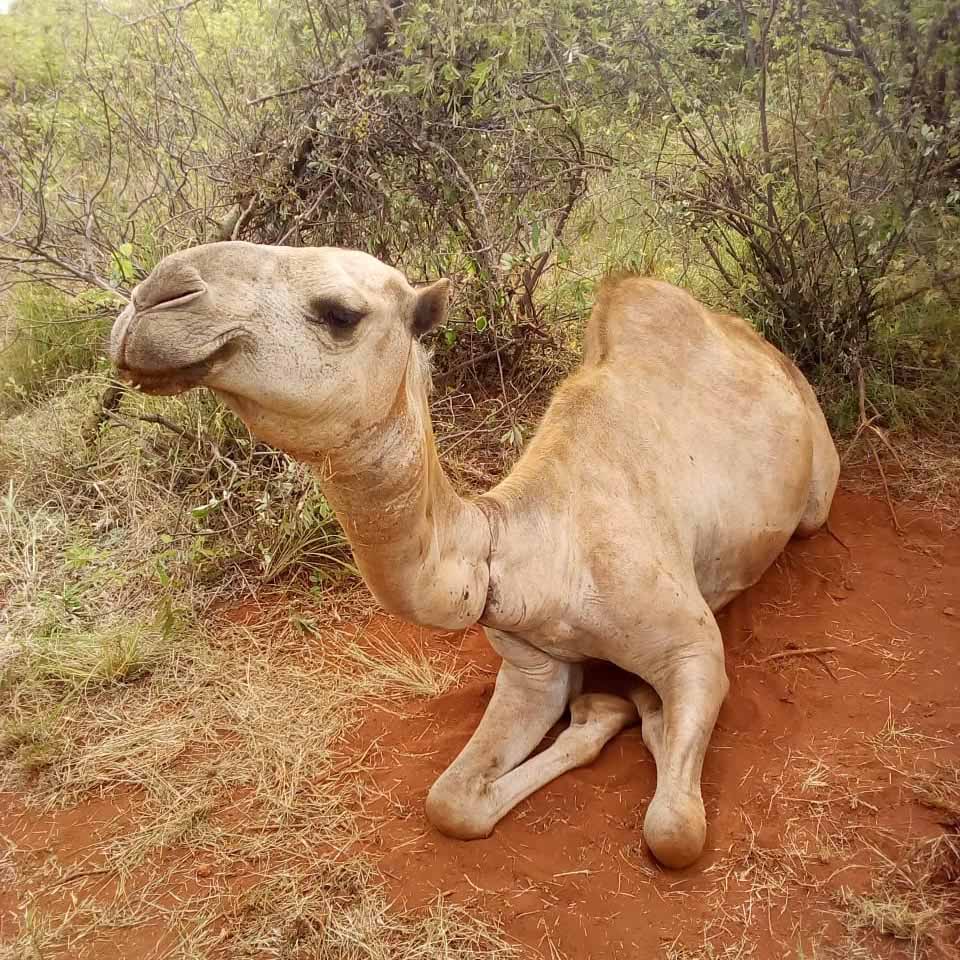
A new and sobering report out of Africa shows that across the continent, elephant poaching has either improved little or worsened since 2011. Previous reports had showed elephant poaching was generally on the decline. But when scientists dove into the statistics and models used, they found that when different regions were analyzed separately, one region was solely responsible for driving down the elephant poaching statistics as a whole: East Africa is the only place in all of Africa where a clear decrease in poaching has occurred.
Big Life is by no means solely responsible for this, but we are very proud of the work that our rangers and other East African conservation organizations have done to help buck the continent-wide trend on poaching. And it clearly validates the conservation model that Big Life, along with our many partners, supporters, and community members, have worked so hard over the past decade and more to create meaningful change for the future of wildlife, wild lands, and people of East Africa.
We will continue our vital work in Kenya and Tanzania, global pandemic or not. It’s clear that our work now is more important than ever.
We can’t stress enough how much we appreciate everyone who has donated to Big Life and how each and every one of our caring supporters makes a meaningful impact in the special place that is the Greater Amboseli ecosystem.
Full scientific report: https://www.nature.com/articles/s41598-020-66906-w
Photo: Jeremy Goss

 Amboseli is no place to lose a three-year-old. Away from urban areas, pastoralist homesteads are often human islands in a sea of wilderness, a wilderness that is unforgiving in its capacity to swallow up anyone who takes too many steps in the wrong direction.
Amboseli is no place to lose a three-year-old. Away from urban areas, pastoralist homesteads are often human islands in a sea of wilderness, a wilderness that is unforgiving in its capacity to swallow up anyone who takes too many steps in the wrong direction.

 Snares are usually set to catch victims by the neck as they walk through. Wild animals will struggle to break free, pulling the snare tighter and tighter and often strangling themselves in the process. This camel, obviously used to being tied up, adopted a far calmer approach to the problem and simply lay down to wait for a human.
Snares are usually set to catch victims by the neck as they walk through. Wild animals will struggle to break free, pulling the snare tighter and tighter and often strangling themselves in the process. This camel, obviously used to being tied up, adopted a far calmer approach to the problem and simply lay down to wait for a human.